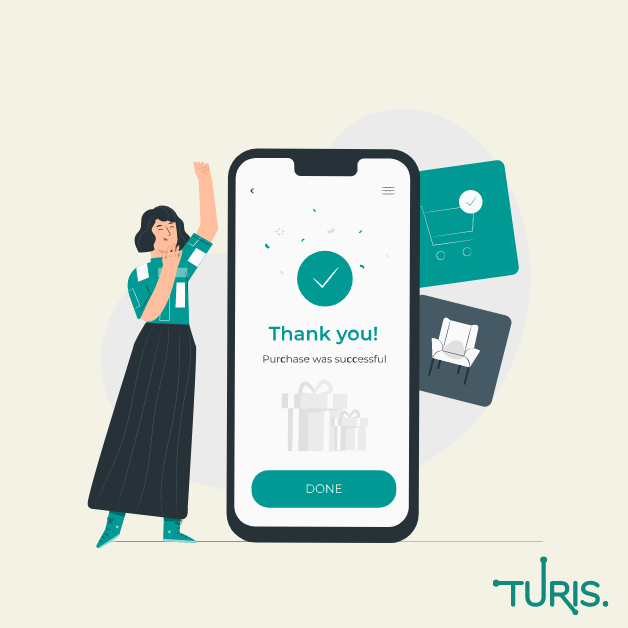Backorder

A backorder is an order for an item that is not in stock, but one that you assure the customer of fulfilling at a later date. The customer is allocated a shipping date until which they’re willing to wait. Consider a situation where you only have 10 items in stock, but two customers call in ordering seven units each. In this case, you may only be able to fulfil one order and promise to deliver the other customer’s at a later date.
Alternatively, you could split the 10 remaining items into two, and send each five with a promise to deliver the rest at an agreed date. This is how back-ordering works, and it could prevent you from losing clients due to insufficient inventory. It is quite a common occurrence in the eCommerce space.
It’s also becoming a regular practice for customers to initiate backorders. So how does it work? For instance, if a client wants 1000 units of smartphones for a prize-giving event, they will order early since you might not have that quantity at the required time. You’ll need to stock up and deliver the required units at their specified time, translating into a customer backorder. This makes preordering fall in the zone of back ordering. And with the number of online shoppers surging by the day, you can expect backorders to become even more common. Make the most out of backorders!
Benefits of Back Orders
While it’s sometimes mistakenly viewed in a negative light, back-ordering can benefit a business and, in most cases, it’s a part of a larger business strategy. Backordered items can help grow a company’s revenue and meet customer requirements.
Here’s why businesses need backorders:
- Reduced overhead costs. From the backorder meaning above, you can probably tell that a business can save big if this technique is applied calculatedly. For example, a company could only be holding a smaller quantity of stock while relying on backorders to directly fulfil orders without necessarily incurring high warehousing costs. Some brands choose a model where they don’t hold stock at all and instead operate as full backorder-backed businesses. It pretty much resembles the drop shippers’ concept, if you look at it that way.
- Product value escalates. This tactic follows the primary demand and supply rule – when the demand is high and supply is low, the value of supplies shoots. In fact, a perceived supply shortage will increase the value of the in-hand stock, instantly raising the price of your products.
- It costs your clients nothing. Backordered products bear no harm to your customers. If you fail to avail a customer’s order, you could lose them to your competitor. However, if you fulfil their requirements through a backorder, they may choose to deal with you in the future even if some slight ordering delays are bound to occur due to a backorder.
- Offers useful customer spending insights. Backorders can help you establish useful trends using data on customer needs, demand cycles, and product sales. The collected info could be used to arrive at key business decisions.
Lastly, back-ordering can also occur due to poor planning and not as a deliberate business strategy. If this is the case for you, consider adopting a working inventory tool that’s capable of alerting you even before the stock starts approaching low levels. Our wholesale eCommerce tool, Turis, is made with such problems in mind to ensure that you stay in control of your client orders at all times. And, we mean it when we say that!
Launching Your First B2B Store?
Let us launch your B2B store with us today and boost your sales – no coding needed, just expert guidance with our People-to-People support every step of the way.
Book personal demo

